
Pablo Picasso
Painter, sculptor, ceramist, scenographer, poet and playwright
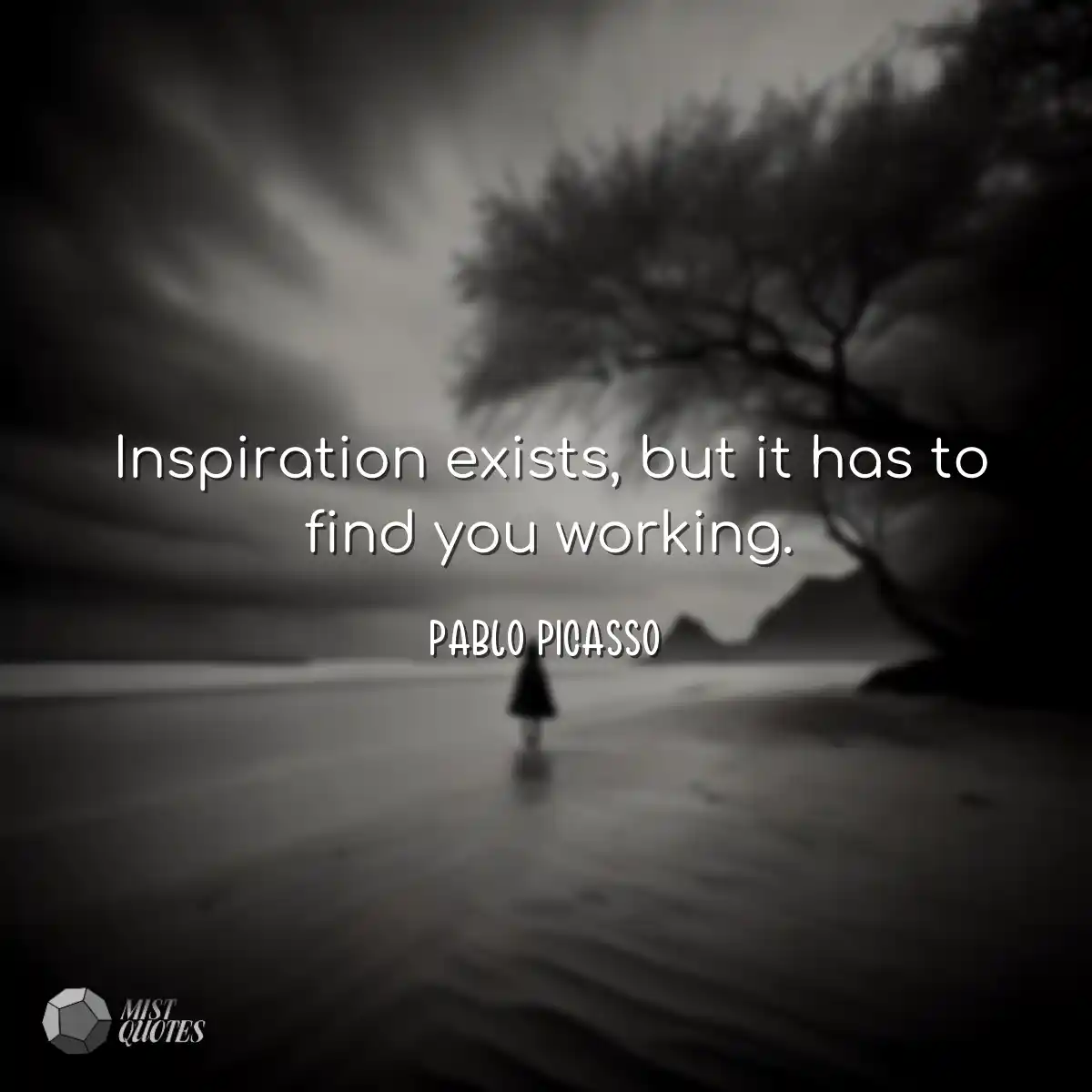
Inspiration exists, but it has to find you working.
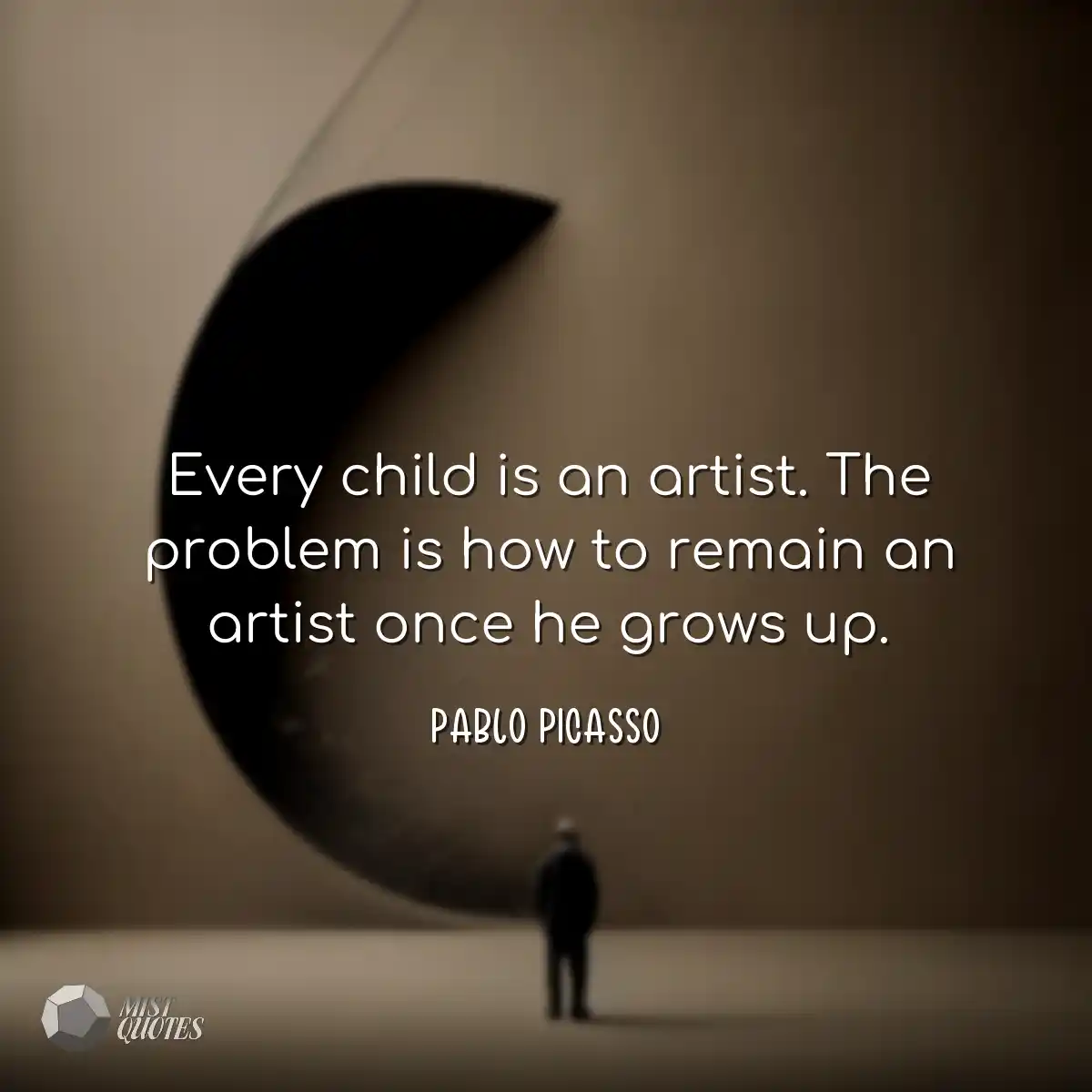
Every child is an artist. The problem is how to remain an artist once he grows up.
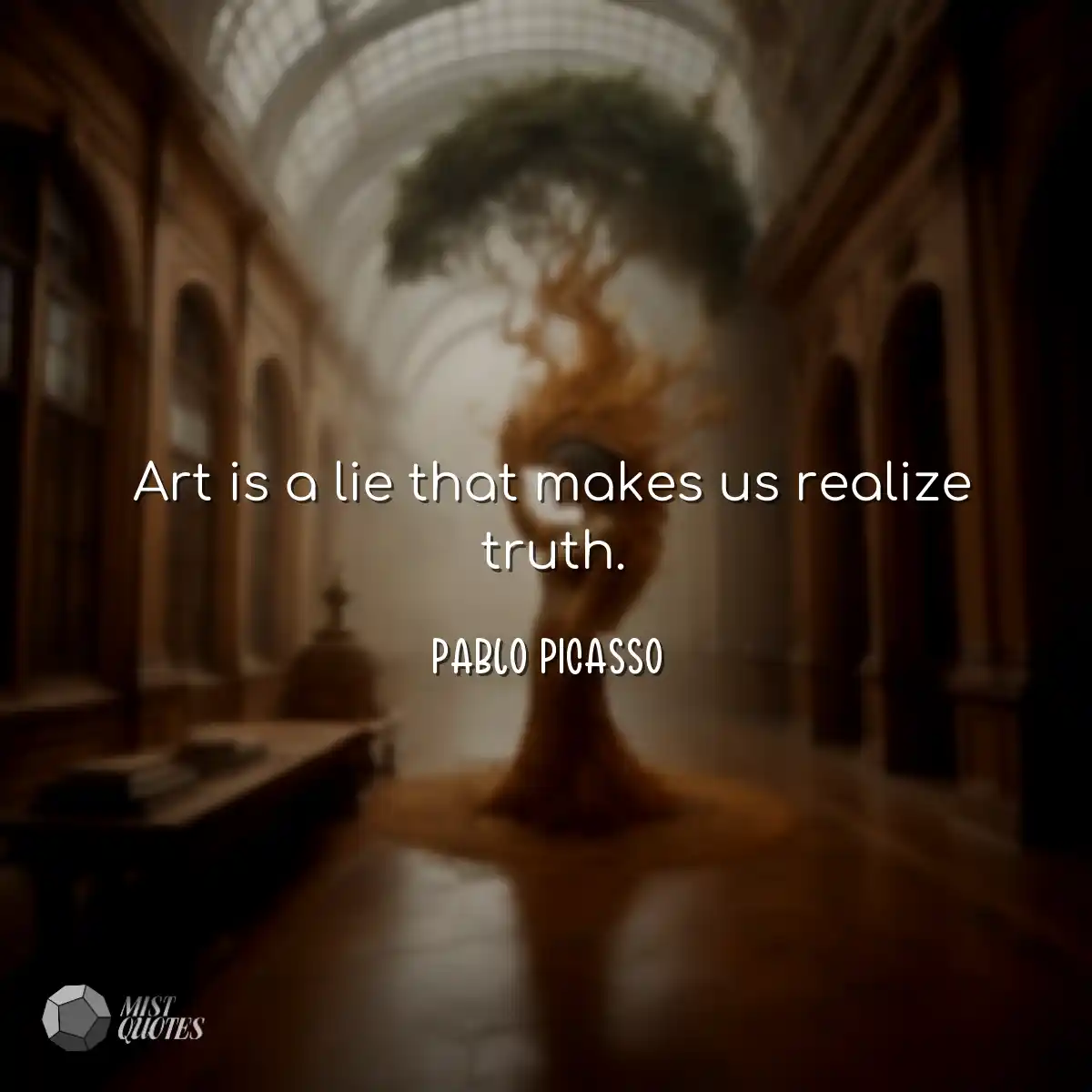
Art is a lie that makes us realize truth.
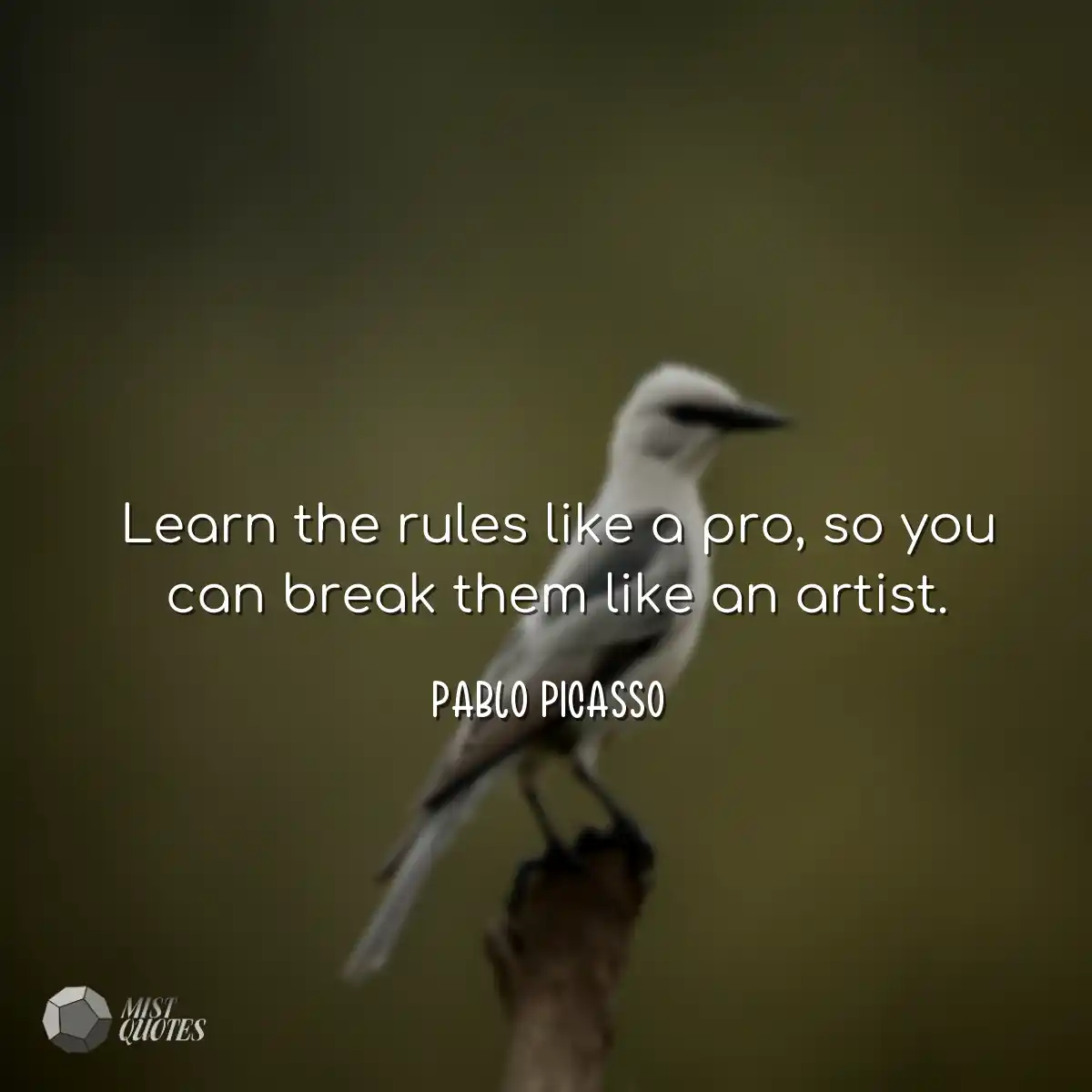
Learn the rules like a pro, so you can break them like an artist.
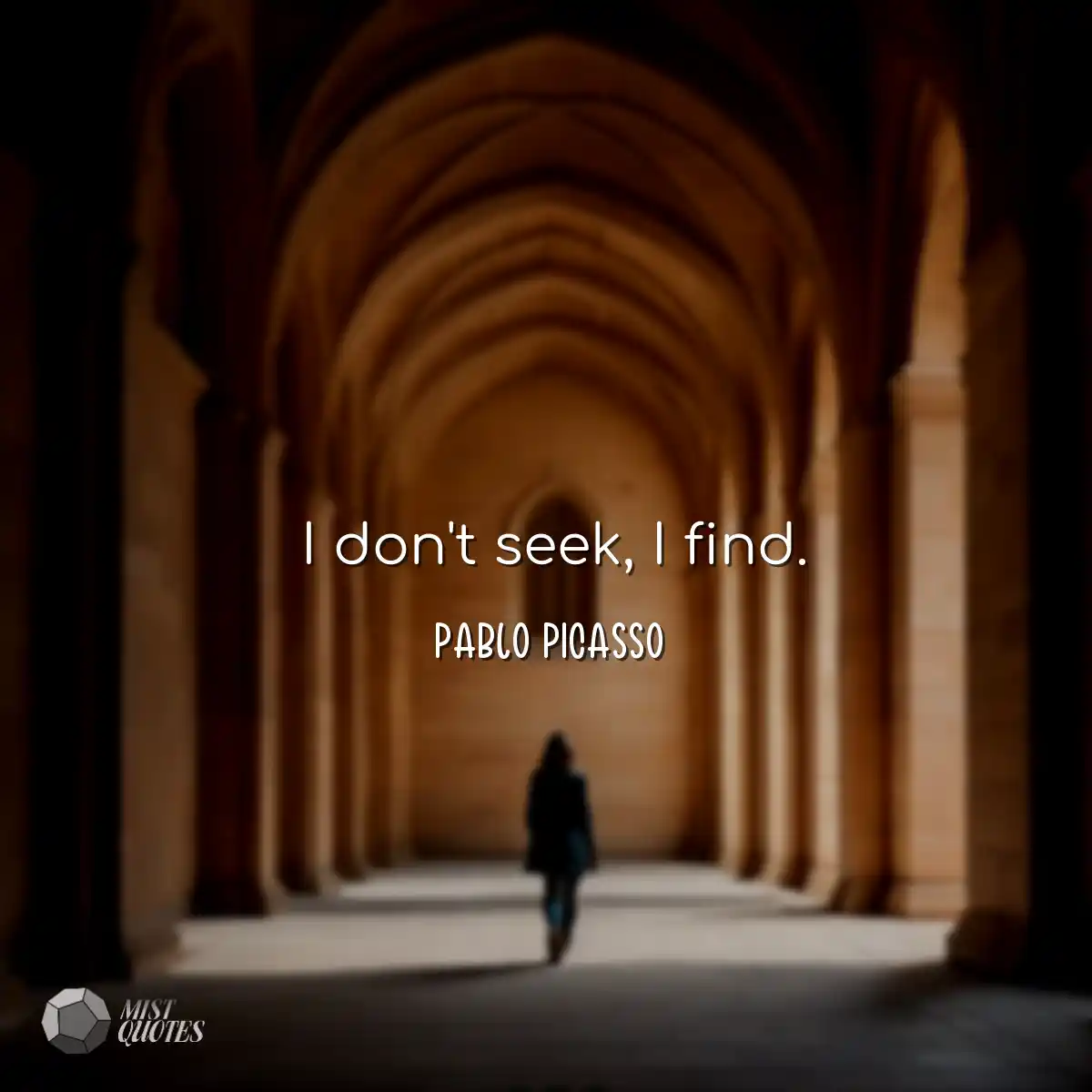
I don't seek, I find.
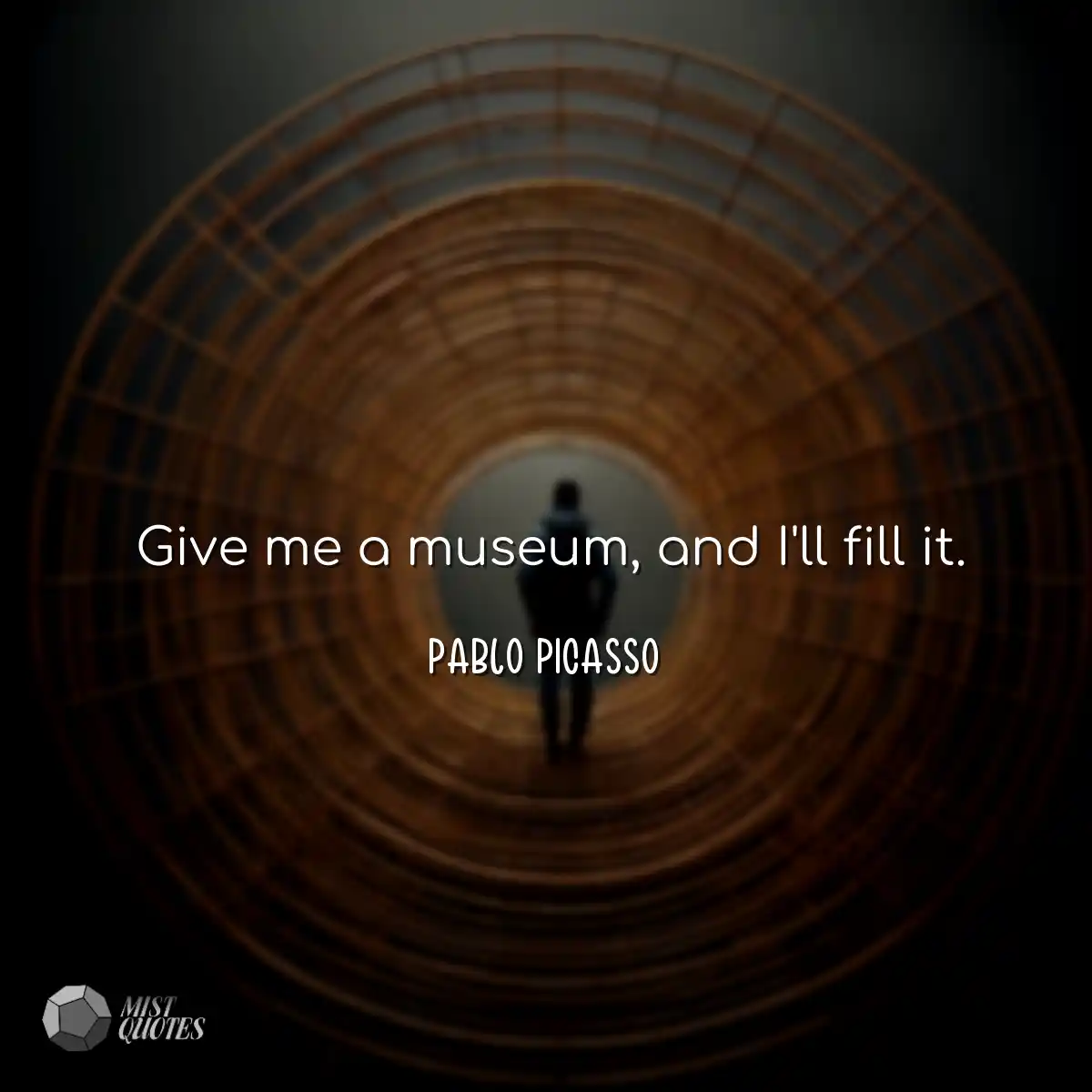
Give me a museum, and I'll fill it.
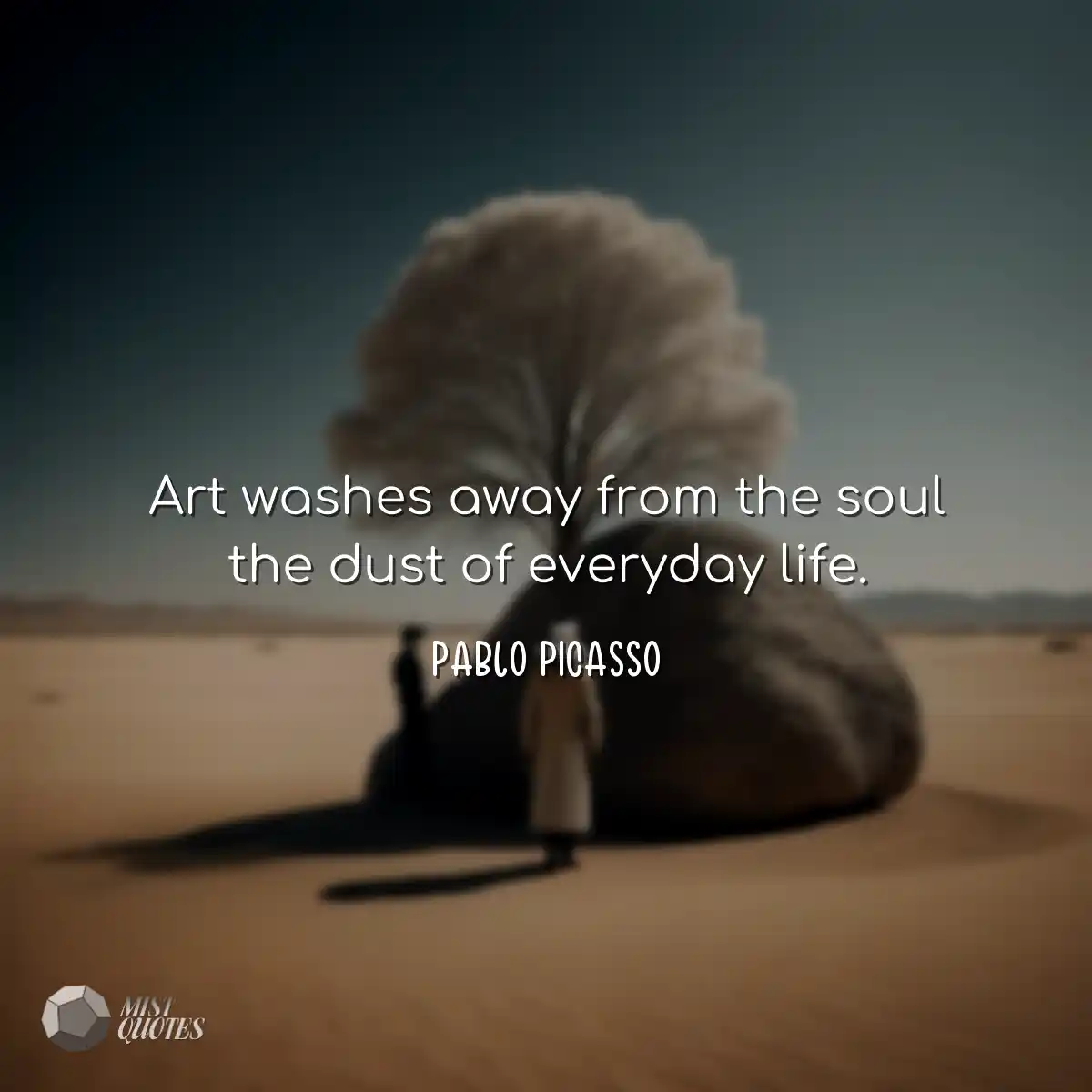
Art washes away from the soul the dust of everyday life.
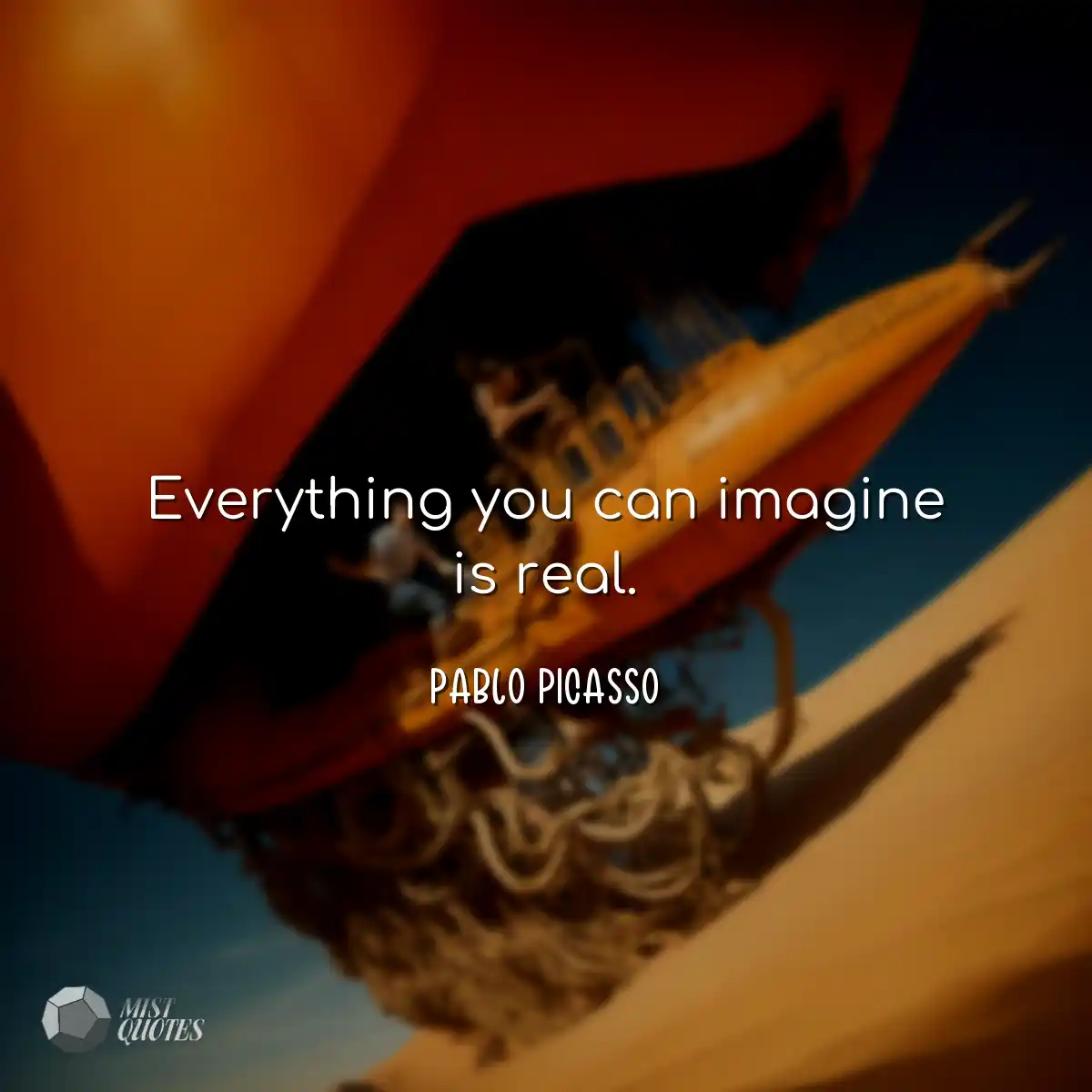
Everything you can imagine is real.
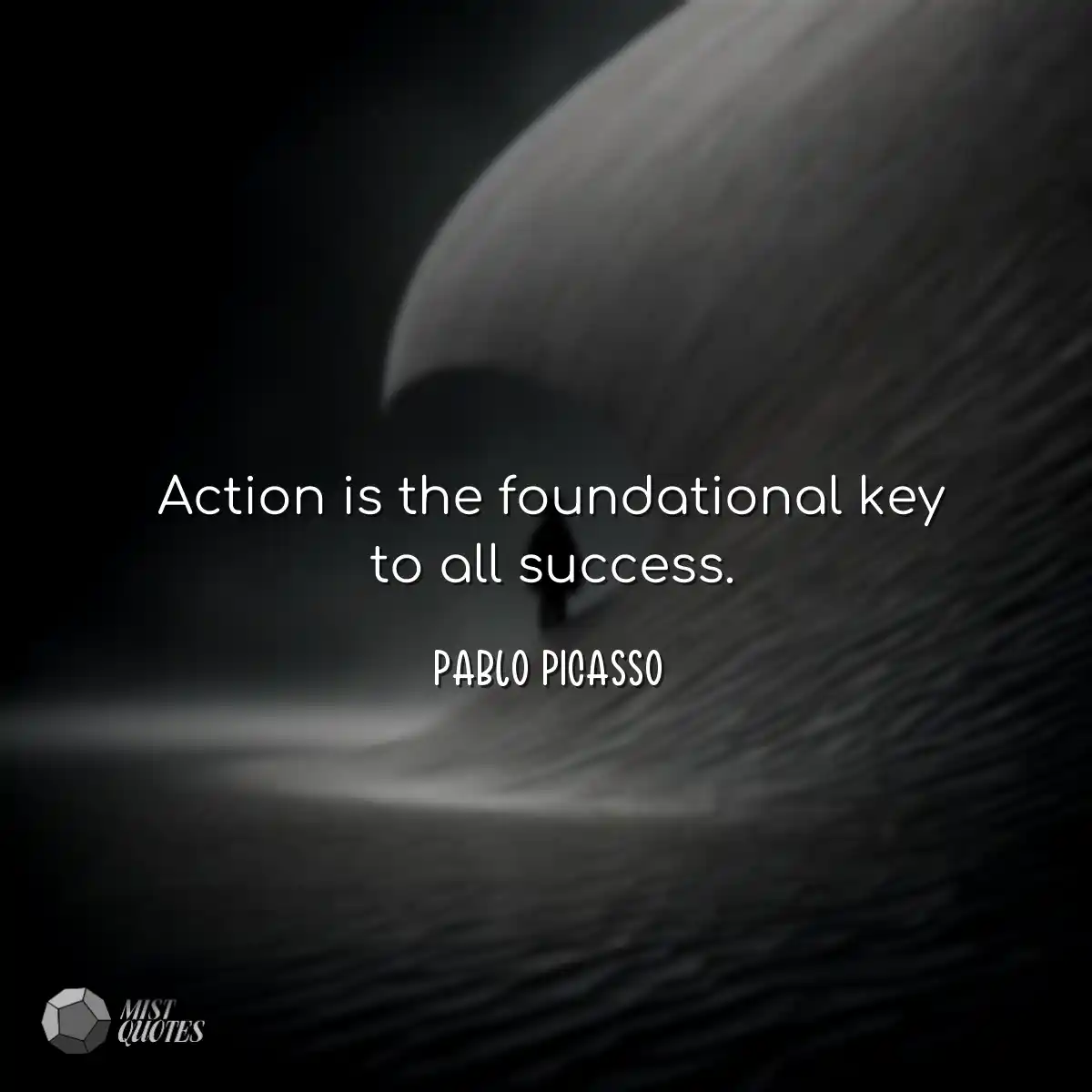
Action is the foundational key to all success.
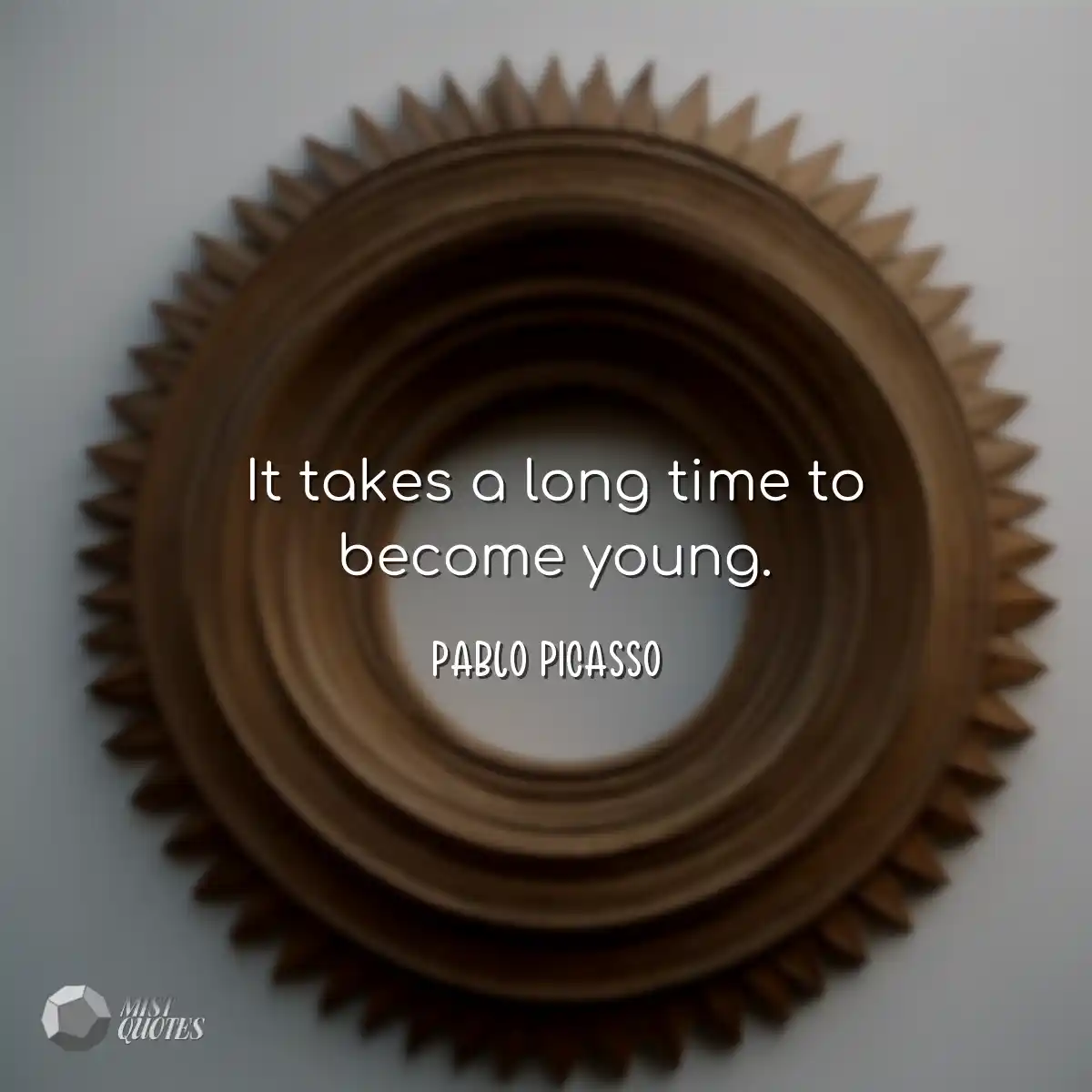
It takes a long time to become young.
Pablo Picasso is considered one of the most influential and revolutionary artists of the 20th century. With his palette of exceptional artistic skills, he left a lasting legacy that transcended the art world. His remarkable achievements not only redefined modern painting, but also influenced other forms of expression, such as sculpture, ceramics and design. In this article, we will explore Picasso's main achievements, highlighting his lasting impact on art and culture.
Picasso was born on October 25, 1881, in Malaga, Spain. From a young age, he showed exceptional artistic talent and began receiving formal art training at an early age. Throughout his career, he experimented with different artistic styles, from realism to surrealism, but it was his contribution to the Cubist movement that set him apart as a truly innovative artist.
Between 1907 and 1914, Picasso, together with his collaborator Georges Braque, developed the Cubist movement. Cubism challenged the traditional conventions of visual representation, breaking with perspective and the notion of a single point of view. Instead, Picasso and Braque portrayed objects and people from multiple perspectives on the same plane, using geometric shapes and fragmentation.
Cubism's innovation opened up new artistic possibilities and influenced a generation of artists seeking a new form of expression. By deconstructing reality in his paintings, Picasso paved the way for abstractionism and other unconventional forms of art. His revolutionary impact was immense, fundamentally altering the way artists conceive and represent the world.
Picasso's other notable achievement was his ability to use his art as a form of political protest. During the Spanish Civil War (1936-1939), Picasso was deeply affected by the bombing of the Basque town of Guernica by Nazi forces. He immortalized the event in his famous painting "Guernica", which has become an icon of the struggle against oppression and the violence of war.
"Guernica" is a powerful and harrowing work that captures devastation and human suffering. Picasso portrayed the tragedy using distorted and symbolic forms, conveying a powerful message about the cruelty of war. The painting became a universal symbol of peace and a constant reminder of the horrors of war, transcending borders and cultures.
In addition to his achievements as a painter, Picasso also explored other forms of artistic expression. He was a prolific sculptor, creating works in a variety of materials, including bronze and marble. His sculptures, often exploring abstract and deconstructed forms, reflected his innovative view of the world and his ability to transform three-dimensional objects into intriguing works of art.
Recent Quotes
"To help a friend in need is easy, but to give him your time is not always opportune."
Charlie Chaplin
"Life can be wonderful if you're not afraid of it. All it takes is courage, imagination… and a little dough."
Charlie Chaplin
